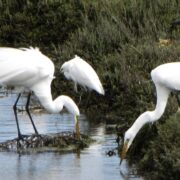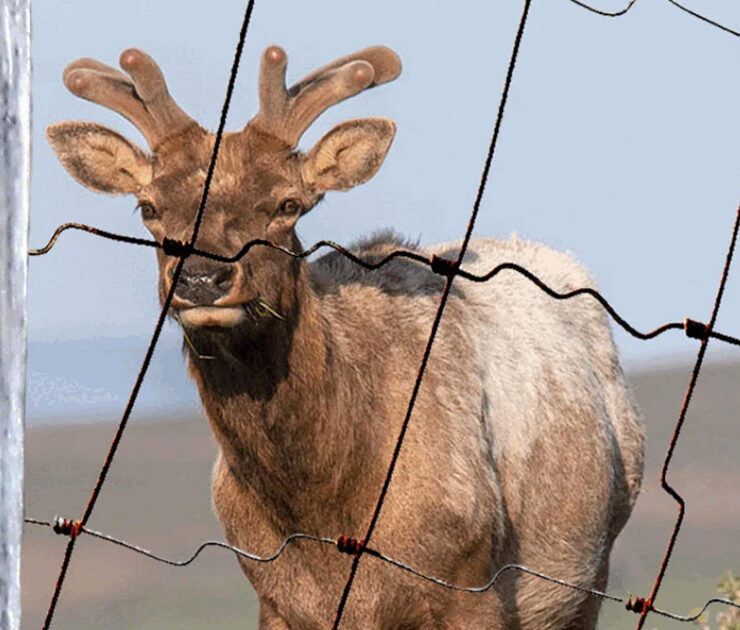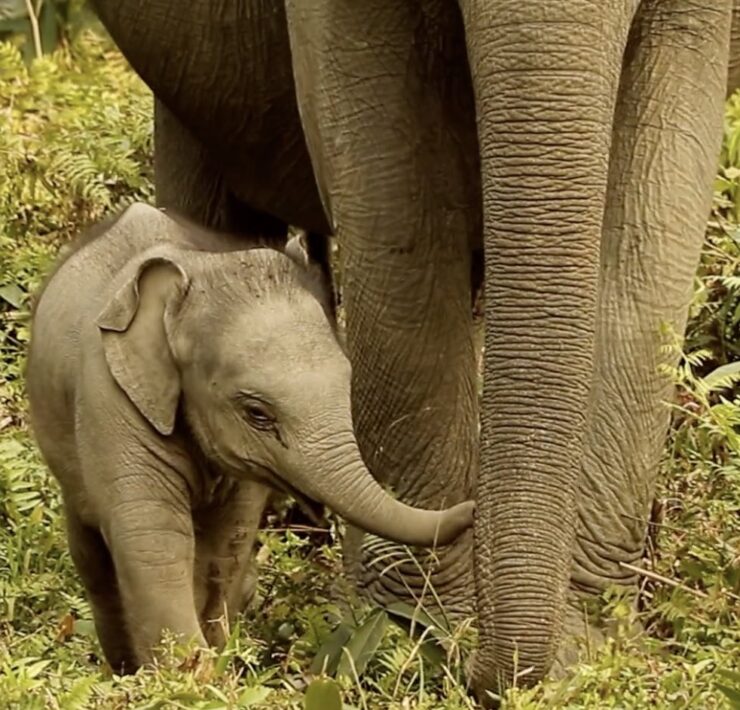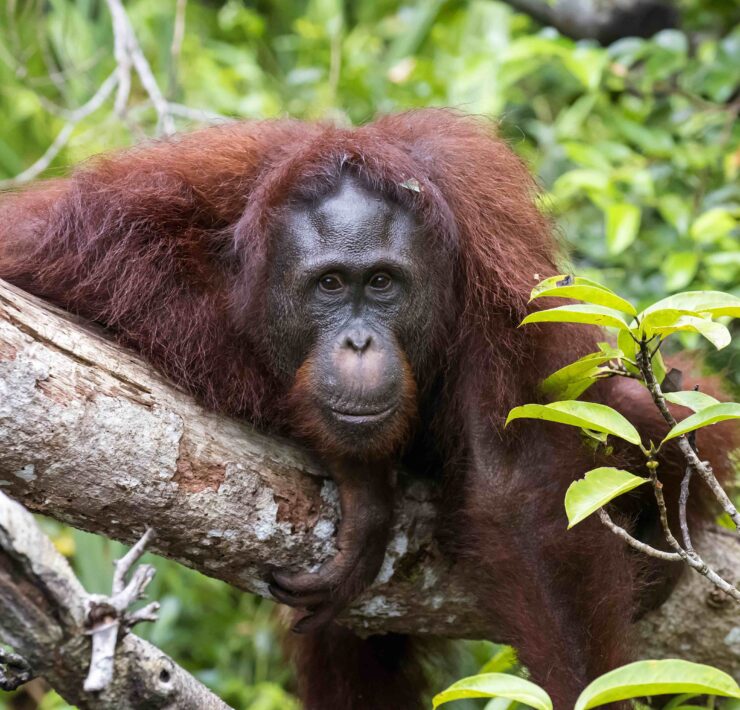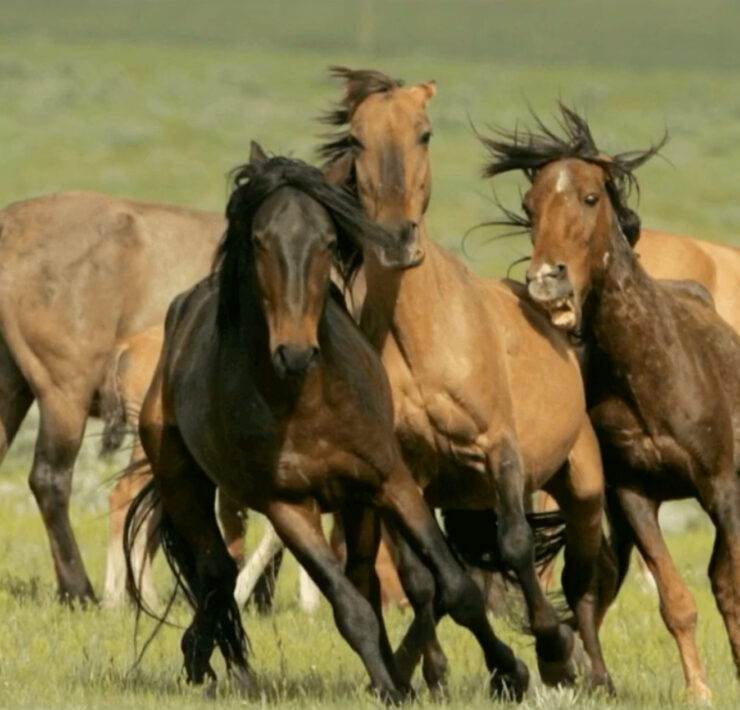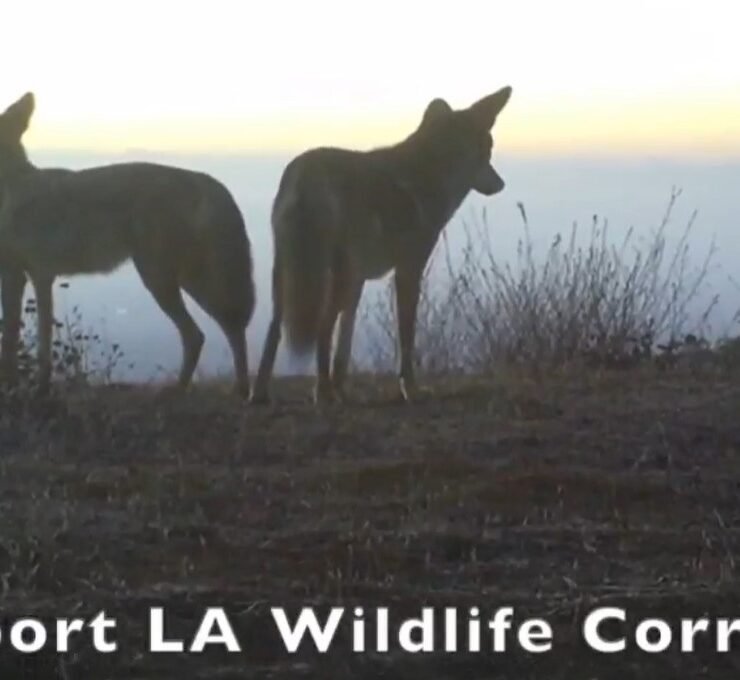Tule Elk Dying of Thirst: Outrage at National Park!

Tule Elk are dying of thirst at Point Reyes National
Tule Elk are dying of thirst at a national park maintained with our tax dollars. Critics say the National Park Service is well aware, refuses to help and is taking no action at the behest of the cattle ranching industry. Wow. Is this what it’s come to?
When I think about the National Park Service, I am reminded of the grandeur of our American landscape and all the wildlife that live within it. Our parks and the park service are supposed to protect our natural environment and diverse wildlife. But, at Point Reyes National Seashore, the NPS is refusing to give water to the Tule Elk who are dying of thirst. JaneUnChained reached out to the NPS for comment and got no response. Isn’t responding to media requests also part of their job?
450 Tule elk live at Point Reyes National Seashore, which is about 50 miles North West of San Francisco. Visitors travel in droves to Point Reyes to witness the incredible beauty of the Tule elk in their natural habitat. In fact, tourism to Point Reyes brings in millions of people and millions of dollars. However, according to the Los Angeles Times and San Francisco Chronicle, an eight-foot fence contains the elk to Tomales Point leaving them unable to roam free and at risk of dying from thirst as ponds dry up in the area.

In the past few weeks, activists have found six dead elk throughout the preserve. This number may not sound like much but any threat to the Tule elk puts them at risk for extinction. Native to the Northern California region, the Tule elk have never had it easy. Around 1860, hunting and competition for land with grazing cattle virtually wiped them out. That’s when they gained protection from the government. During the last drought around 2014, half of the herd died. Without adequate space to roam and find water or intervention from the park service, the elk could suffer a similar loss. Similar battles that seek to demonize wildlife in public spaces are occurring around the nation and the world. Even in areas that are known for being environmentally friendly, wildlife is under assault. In LA, there is a plan to bulldoze the last sliver of coastal wetlands, home to many species, from owls to egrets.
Competition for Land
Point Reyes has a long history of ranching and, unfortunately, government bureaucrats put the interests of animal agriculture over the native Tule elk. More than 5,000 cows live in the protected land of Point Reyes National Seashore while less than 500 Tule elk live there. Activists say that the NPS refuses to give the elk water because they are acting at the behest of ranching interests that want the elk gone. It’s a battle over grazing land. The activists and experts in the Jane Unchained News Facebook Live tell Jane that NPS wants the elk dead to help the ranchers.
Activists Take the Elk Water

Activists, including Jack Gescheidt, took it into their own hands and decided to take water to Tule elk, but they were condemned by the NPS.
You can learn much more from the experts on Jane Unchained Facebook Live, including the insanity of the existence of private, for-profit cattle in this park, the mess of pollution caused by the ranches, and how the NPS actually wants the Tule Elk gone.
Jane interviews Diana Oppenheim of ForELK, The Shame of Point Reyes filmmaker Skyler Thomas, Jack Gescheidt of TreeSpirit, Fleur Dawes of In Defense of Animals, and the icon herself, Miyoko of Miyoko’s vegan cheese line and founder of a nearby animal sanctuary, Rancho Compasion.
Organizations calling on the NPS to remove the fencing trapping the elk include: In Defense of Animals, ForELK, Rancho Compasión, Western Watersheds Project, Resource Renewal Institute, The TreeSpirit Project, The Center for Biological Diversity, and Save Point Reyes National Seashore.
What you can do:
- Watch the Jane Unchained News Live and learn from the experts
- Donate to the elk water fund
- Contact the Superintendent of the Seashore and Pacific Regional Director of the National Park Service to demand that water be provided to the elk
Contact Information for the Superintendent and Pacific Regional Director:
Point Reyes National Seashore (PRNS)
Acting Superintendent Carey Feierabend
1 Bear Valley Road
Point Reyes Station, CA 94
415 464-5102
National Park Service (NPS)
Pacific Regional Director, Woody Smeck
333 Bush St., Suite 500
San Francisco, CA 94104-2828
woody_smeck@nps.gov ; cc: PORE_Info@nps.gov
415-623-2100
Other Contacts:
In Defense of Animals, Lisa Levinson, lisa@idausa.org, 215-620-2130
ForELK, Diana Oppenheim, action@forelk.org, 248-840-5684,
Rancho Compasión, Dawn Rogers, dawn@ranchocompasion.org, 510-990-6443
TreeSpirit Project, Jack Gescheidt, jack@TreeSpiritProject.com, 415-488-4200
More Information:
Watch film: The Shame of Point Reyes
See detailed documentation of current conditions for the Tule Elk in the In Defense of Animals report: http://bit.ly/ElkConditions

